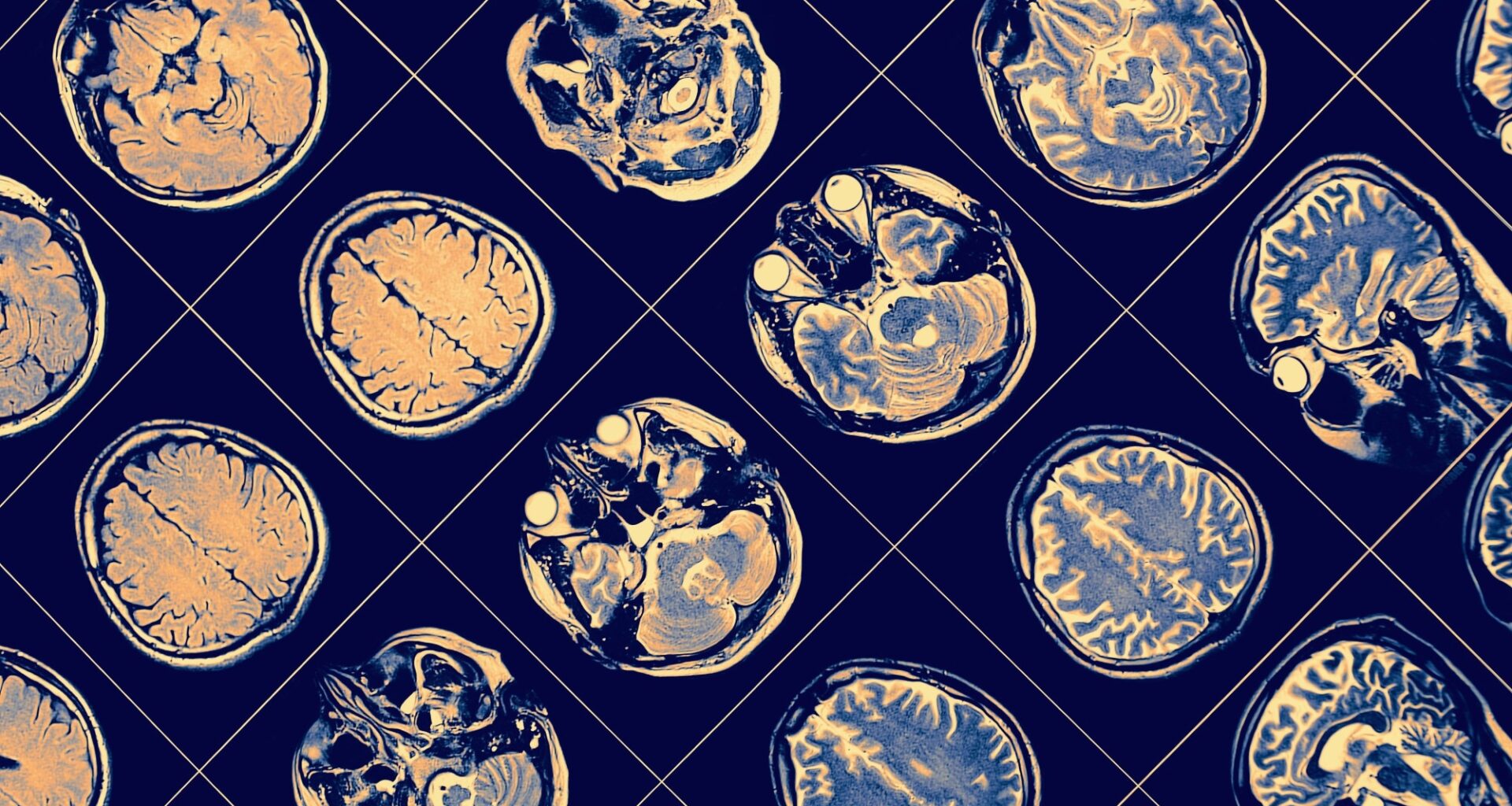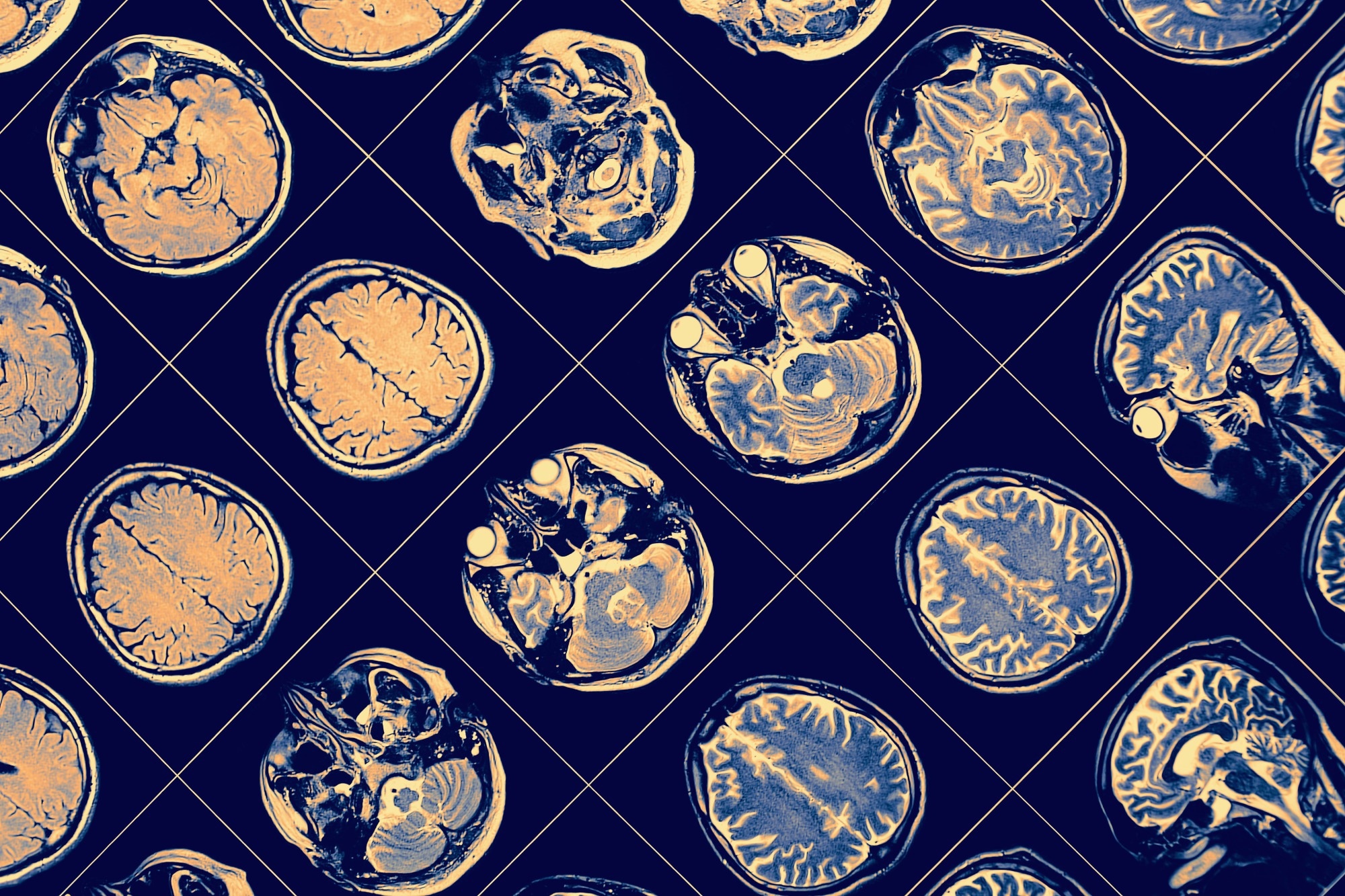Scientists have uncovered a microglial switch that transforms these immune cells from plaque-promoting to plaque-protective, offering a new path toward immunomodulatory treatments for Alzheimer’s disease.
Study: Lymphoid gene expression supports neuroprotective microglia function. Image Credit: sfam_photo / Shutterstock
In a recent study published in the journal Nature, researchers investigated how lowering the transcription factor PU.1 in microglia and modulating lymphoid-like receptors such as microglial cluster of differentiation 28 (CD28) via genetic deletion alters plaque-associated states, inflammation, synapses, and features of disease progression in Alzheimer’s disease (AD).
Microglial Balance Between Protection and Damage in Alzheimer’s
AD steals memories long before families notice the small slips, such as misplaced keys or a name that will not come. Behind the scenes, microglia, the brain’s innate immune cells, crowd around amyloid plaques. Sometimes they help by walling off toxicity and clearing debris. Sometimes they harm by amplifying inflammation and stripping synapses. What tips the balance matters for everyday life, because it may decide how quickly thinking, mood, and independence fade. Genetics and single-cell studies suggest that microglial programs can be tuned to either help or harm. Precise, stage-spanning strategies to shift microglia into durable protective states remain incompletely defined.
Multi-Modal Mapping of Microglial States
The investigators employed a combination of mouse, human, spatial, and functional approaches to map and manipulate microglial states. They profiled microglia from the five familial Alzheimer’s disease mutations (5xFAD) amyloid mouse model using single-cell ribonucleic acid (RNA) sequencing and spatial transcriptomics, multiplexed error-robust fluorescence in situ hybridization (MERFISH) to locate disease-associated microglia (DAM) relative to plaques and quantify transcription factor PU.1, encoded by Spi-1 proto-oncogene (SPI1). They tested plaque-proximal signaling via the spleen tyrosine kinase (SYK) and phospholipase C gamma 2 (PLCγ2) pathway and used TREM2- and CLEC7A-engaging receptor ligands to downregulate PU.1 ex vivo and showed that direct PLC activation alone was sufficient to lower PU.1. They measured survival dependence on the colony-stimulating factor 1 receptor (CSF1R).
Engineering Microglial Models to Test PU.1 Causality
To establish causality, researchers engineered microglia with reduced or increased PU.1 and created microglia-specific CD28 knockouts. They captured ribosome-bound transcripts with translating ribosome affinity purification (TRAP) and chromatin accessibility with assay for transposase-accessible chromatin sequencing (ATAC-seq). They evaluated synapses with presynaptic markers Bassoon and vesicular glutamate transporter 2 (VGLUT2), hippocampal plasticity with long-term potentiation (LTP), and behavior with open-field and novel-object tests. They assessed tau seeding after the injection of human tau, analyzed interferon-response programs, and compared their findings with those from induced pluripotent stem cell (iPSC)-derived human microglia and human postmortem single-cell datasets, including those from carriers of a PU.1-lowering allele.
Discovery of a PU.1low Microglial Subpopulation
Plaque-associated microglia contained a distinct PU.1low subpopulation that clustered near amyloid and increased in number as the disease progressed. These PU.1low cells survived at plaques even when CSF1R was inhibited, unlike distal microglia, indicating a different survival logic in the plaque niche. Disrupting SYK or PLCγ2 signaling reduced the prevalence of PU.1low cells and eliminated their CSF1R-independent survival, linking plaque-receptor inputs to PU.1 downregulation through the SYK and PLCγ2 pathways. When microglia encountered ligands that engage TREM2 or CLEC7A, PU.1 levels fell; pharmacologic PLC inhibition blocked this effect, and pharmacologic PLC activation alone was sufficient to suppress PU.1, confirming pathway directionality.
Lymphoid-Like Gene Expression in PU.1low Microglia
Transcriptionally, PU.1low plaque-associated microglia upregulated lymphoid-lineage genes, including CD28, PD-1, PD-L1, CD5, LAT2, and CD72, alongside lipid-handling and lysosomal programs characteristic of DAM. TRAP supported active translation of these receptors. Reduced PU.1 in microglia, even without amyloid, was sufficient to induce this lymphoid-like signature and shift chromatin toward T-cell-like accessibility while preserving core microglial identity. In contrast, increasing PU. 1-biased microglia shifts them toward a pro-inflammatory profile.
PU.1 Reduction Promotes Synaptic Protection and Cognitive Stability
Functionally, lowering PU.1 in 5xFAD mice expanded plaque-associated microglia and markedly increased CD28+ microglia. These cells exhibited reduced type I interferon and complement programs, fewer neutral lipid droplets, a lower amyloid burden with more compact plaques, and enhanced resistance to the propagation of injected human tau. Synaptic structure and function were preserved: cortical Bassoon and VGLUT2 puncta were maintained, hippocampal LTP was rescued, and animals performed better on open-field and novel-object tasks. Average lifespan was extended relative to standard 5xFAD mice. Together, these data indicate that PU.1low microglia occupy a neuroprotective niche that supports synapses and behavioral performance in vivo.
CD28-Dependent Regulation of Microglial Inflammation
CD28 proved necessary for keeping broader microglial inflammation in check. Although expressed by a minority of microglia, microglia-specific CD28 deletion increased plaque burden and triggered a widespread pro-inflammatory type I interferon response across approximately one-third of all microglia, far exceeding the CD28+ fraction. This suggests a trans-regulatory role in which CD28+, PU.1low microglia restrain neighboring cells. Human data aligned with this model: individuals carrying a PU.1-lowering protective SPI1 allele showed more lymphoid gene-expressing microglia and lower SPI1 expression in AD microglia. These convergent lines of evidence point to a switchable, lymphoid-receptor-tuned microglial state that mitigates pathology.
Therapeutic Implications for Microglial Immunomodulation in Alzheimer’s
This study identifies a potentially therapeutic microglial regulatory switch. When plaque-proximal signaling lowers PU.1, microglia adopt a lymphoid-like program, marked by CD28, and dampen type I interferon and complement activity. They also compact amyloid, block tau spread, protect synapses, and preserve behavior in mice. Removing CD28 unleashes broader inflammation and increases plaque formation, implying that a small CD28+ population can regulate many neighboring cells. Human genetics echoes these findings. While translation remains early, these findings provide a strong mechanistic rationale for exploring microglial immunomodulation in AD.
Journal reference:
Ayata, P., Crowley, J. M., Challman, M. F., Sahasrabuddhe, V., Gratuze, M., Werneburg, S., Ribeiro, D., Hays, E. C., Durán-Laforet, V., Faust, T. E., Hwang, P., Mendes Lopes, F., Nikopoulou, C., Buchholz, S., Murphy, R. E., Mei, T., Pimenova, A. A., Romero-Molina, C., Garretti, F., Patel, T. A., De Sanctis, C., Ramirez Jimenez, A. V., Crow, M., Weiss, F. D., Ulrich, J. D., Marcora, E., Murray, J. W., Meissner, F., Beyer, A., Hasson, D., Crary, J. F., Schafer, D. P., Holtzman, D. M., Goate, A. M., Tarakhovsky, A., & Schaefer, A. (2025). Lymphoid gene expression supports neuroprotective microglia function. Nature. DOI: 10.1038/s41586-025-09662-z, https://www.nature.com/articles/s41586-025-09662-z


